Name of a former princely state, Cochin, or Kochi, today refers to a cluster of islands and towns, including Ernakulam, Mattancheri, Fort Cochin, Willingdon Island, Vypin Island, and Gundu Island. The Portuguese navigator Pedro Álvares Cabral founded the first European settlement on Indian soil at Cochin in 1500. Vasco da Gama, discoverer of the sea route to India, established the first Portuguese factory (trading station) there in 1502, and the Portuguese viceroy Afonso de Albuquerque built the first European fort in India there in 1503. The city remained a Portuguese possession until it was conquered by the Dutch in 1663. Much Portuguese architecture still exists in the city.
Cochin prospered under Dutch rule (1663-1795), shipping pepper, cardamom, other spices and drugs, coir, coconut, and copra. All of the city's racial and religious groups, including its Hindu majority and Muslim, Syrian Christian, and Jewish minorities, shared in the city's prosperity. British rule over Cochin lasted from 1795 until 1947. In early 20th century, a modern port with dry docks and ship repair yards was constructed, and Willingdon Island (connecting Fort Cochin with Ernakulam and other townships by a rail bridge and road) was built from the dredgings of the harbor's inner channels. After India's independence, Cochin became the major training centre for the Indian Navy.
Cochin, set among picturesque lagoons and backwaters, attracts a considerable tourist trade. At Fort Cochin is St. Francis Church, built by the Portuguese in 1510 and reputedly the first European church on Indian soil. It was for a time the burial place of Vasco da Gama before his remains were taken to Portugal. Other churches as well as Hindu temples, mosques, and the historic Pardesi synagogue at Mattancheri all stand in the area. The Jewish community in Cochin was the oldest in India, claiming to date from the 4th century CE. However, almost all of its several thousand members had emigrated to Israel by the late 20th century; only about twenty families still remain. [Adapted from Encyclopedia Britannica]
Fort Cochin  |
Chinese fishing nets (1, 2) ...  |
... from Kublai Khan's days  |
Lowering (raising) the net  |
Santa Cruz
Basilica (1505 CE)  |
St. Peter's and St. Paul's Orthodox Syrian church  |
||
Our Lady of Life's church (1, 2, 3)  |
Kalamezhuthu floor art  |
||
 |
Palace mural 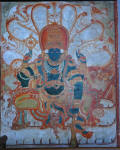 |
Bedchamber painting  |
Port of Cochin  |
Dutch cemetery  |
Mutton shop in Fort Cochin  |
||
Kashi art cafe (more)  |
Kabaddi, Kabaddi  |
||
St. George
Orthodox  |
Hindu-style
oil lamps for  |
 |
Someone's dinner  |
|
Jew Town and Pardesi Synagogue |
|||
Jew town street  |
Jewish store  |
Malabar spices  |
Fragrance shop  |
Spices  |
A very large Varpu  |
Art cafe  |
False marketing?  |
 |
Bell tower  |
Inscription in the courtyard  |
Inside (more)  |
Story of the Jews in India ...  |
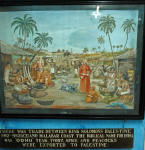 |
Medieval (1) 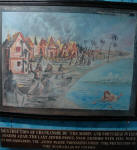 |
Modern (1) 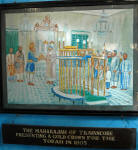 |
|
St. Francis Church |
|||
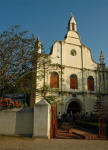 |
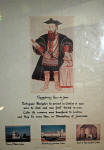 |
 |
 |
 |
 |
 |
 |
|
A Kathakali Performance |
|||
Makeup time (more)  |
Performer (more)  |
Kathakali, or story-play  |
The Brahmin and Bhima  |
The Brahmin 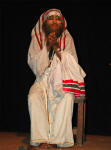 |
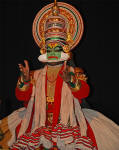 |
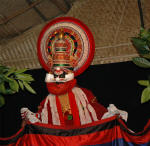 |
 |
|
A Kalaripayattu Performance |
|||
 |
 |
 |
 |
 |
 |
(more)  |
 |
Designed in collaboration with Vitalect, Inc. All rights reserved. |








